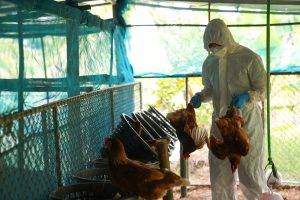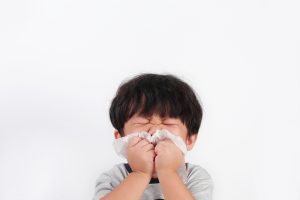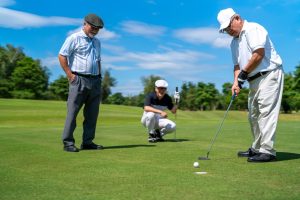What are Corns and Calluses?
Corns are small lumps of hard skin and are often painful. A corn has a hard center, surrounded by an area of irritated skin. Usually, corns affect the bottom of your feet and the sides of your toes. On the other hand, calluses are larger patches of rough and thick skin. They usually develop on your hands, fingers, feet or toes. They also usually do not hurt.
Corns and calluses should not be confused with plantar warts (warts on the soles of the feet that are caused by human papilloma virus). Warts disrupt normal skin markings such that the skin lines are no longer evident. On the other hand, corns and calluses do not.
PSA: Medical Channel Asia (MCA) is now on Telegram! Join us here https://t.me/MedicalChannelAsia for daily reads and the latest updates at your fingertips!
What Causes Them?
Corns and calluses form when there is friction or pressure on your skin over an extended period of time. Culprits include wearing shoes that are too tight, not wearing socks with shoes, or walking around barefoot. If you have bunion (i.e., a bony bump at the base of your big toe), you might be prone to developing corn or callus as your shoes would rub against your bunion.
How To Get Rid of Corns and Calluses?
To help corns and calluses heal, and subsequently prevent new ones from forming, you can consider inserting special cushion pads or heel pads inside your shoes to prevent rubbing of your shoes against it. It would also be good if you can identify and remove the factor(s) that is/are causing the corns or calluses on your feet (for example, tight shoes or high heels).
Do You Need to See A Doctor for Corns and Calluses?
If the condition is mild, you can try over-the-counter (OTC) medications first. However, if the corns or calluses do not improve after self treatment for 3 weeks, do see your family doctor or general practitioner. For those with diabetes, heart diseases, or circulatory problems, it is preferred to seek medical attention. In addition, you should see a doctor for treatment if the corns or calluses start to bleed, have pus or discharge, and/or cause pain that affects your normal daily activities.
Treatment for Corns and Calluses
Calluses and corns are both treated the same way: by using medicated plasters or liquid.
How Do They Work?
You can buy plasters or liquids that contain salicylic acid, lactic acid or a combination of both, and apply them on your corns or calluses. Salicylic acid and lactic acid help to remove hard skin cells and loosen the structure holding the cells of the corn. When the calloused skin and the intercellular substance holding its layers together are loosened, the area is softened and you can use a pumice stone or foot file to remove the hard skin.
Some medicated plasters have dual functions. Other than the medicated center, there is also a felt pad that relieves pressure. These medicated plasters or liquid can be bought over the counter.
How to Use?
First, clean and dry the area thoroughly. Then, apply the medicated plaster or liquid. Be careful to only apply the medicated plaster or liquid on the affected area, and avoid contacting the healthy skin surrounding the corns or calluses. Liquid can be applied every day (i.e., at bedtime), while the plaster can be replaced after 2 days. Before reapplication of the plaster, it is recommended to soak your skin in warm water for 5 minutes and use a pumice stone to remove the hard skin first. Once the corn or callus is resolved, you should stop using the medicated plaster or liquid.
Seeking Medical Treatment
If you see a doctor, the doctor can do a physical examination and confirm if it is a corn or callus. Following which, the treatment is similar. Your doctor would remove the top layers of the skin on your corn or calluses, then apply a medicated patch on it. The patch helps to soften the skin so that your doctor can trim the skin again after two to three days. This procedure would be repeated until the corns and calluses are removed completely. If the corn or callus is infected, your doctor might also give you topical antibiotics to apply. In severe or recurrent cases, you might be referred to a podiatrist. The podiatrist would then evaluate if you have any underlying bony abnormality that causes recurrence and can even help to fit inner soles for you.
Conclusion
Corns and calluses are often not serious. You can take proactive steps to prevent them and if mild, you can also self-treat. However, if you have certain medical conditions (such as diabetes, heart diseases or circulatory diseases), or if the corns or calluses are severe, do seek medical advice from your family doctor.











